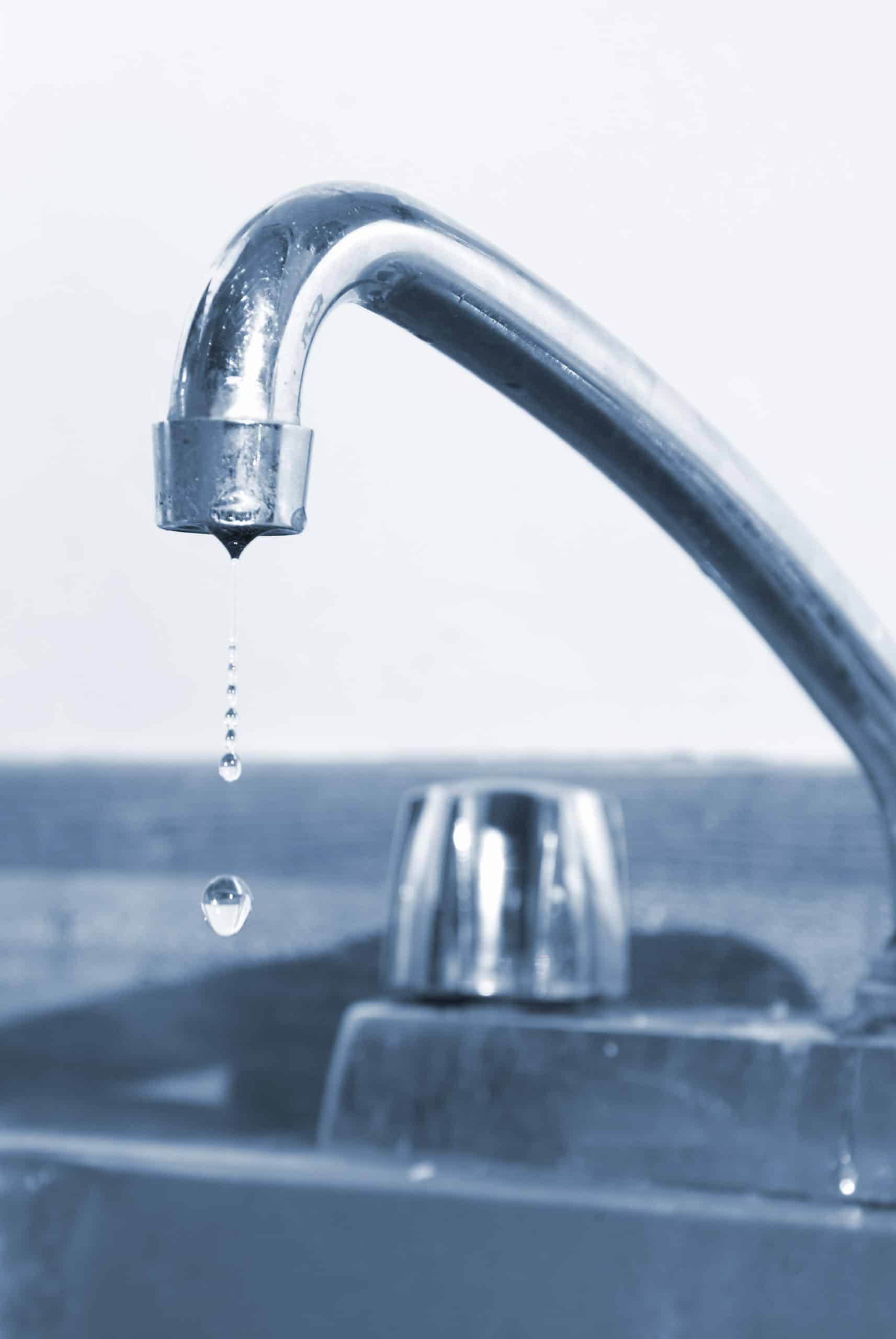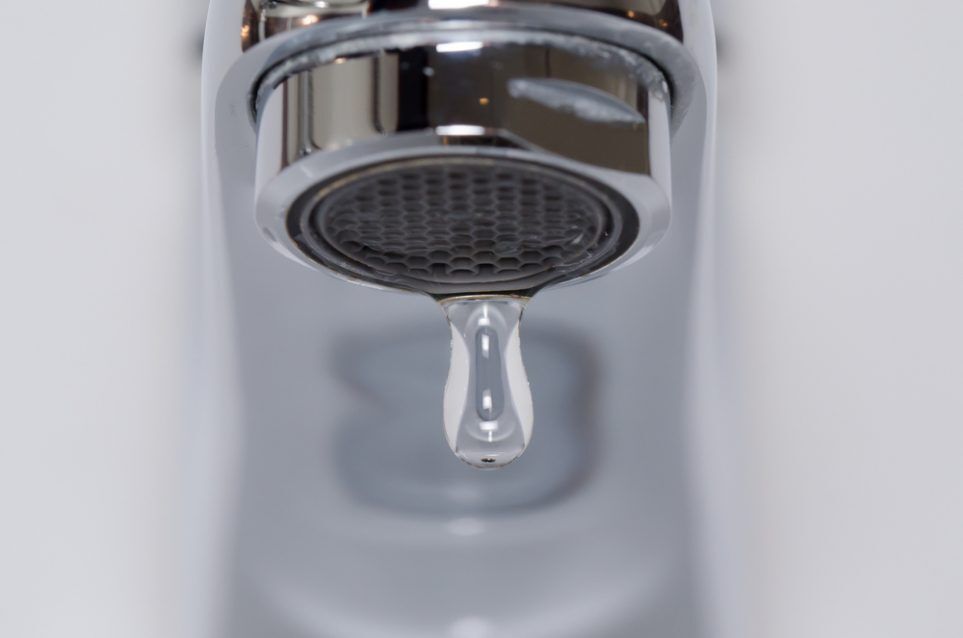Uncovering the Significance of Dealing with a Leaking Faucet
Uncovering the Significance of Dealing with a Leaking Faucet
Blog Article
What are your insights and beliefs on Why Is It Important To Fix Your Leaking Tap/Faucet??

Leaking taps might seem like a small inconvenience, yet their effect goes beyond simply the inconvenience of the sound. From drainage to sustaining unnecessary financial prices and wellness threats, overlooking a leaking faucet can bring about various effects. In this post, we'll delve into why it's vital to address this usual household problem quickly and properly.
Wastage of Water
Ecological Impact
Leaking taps add dramatically to water wastage. According to the Epa (EPA), a solitary tap trickling at one drip per second can squander greater than 3,000 gallons of water per year. This not only strains water resources however likewise impacts communities and wildlife dependent on them.
Step-by-Step Guide to Repairing a Dripping Faucet
Tools Required
Before attempting to fix a dripping tap, collect the needed tools, including an adjustable wrench, screwdrivers, replacement components (such as washing machines or cartridges), and plumber's tape.
Common Tap Issues and Their Solutions
Recognize the kind of faucet and the specific concern triggering the drip. Common troubles include damaged washers, rusty valve seats, or damaged O-rings. Refer to manufacturer directions or online tutorials for step-by-step support on repairs.
Financial Expenses
Increased Water Expenses
Past the environmental effect, dripping faucets can pump up water costs substantially. The built up wastage with time translates into greater utility expenses, which can have been stayed clear of with timely repair work.
Potential Residential Or Commercial Property Damage
Moreover, extended dripping can bring about harm to fixtures and surface areas surrounding the tap. Water build-up can create staining, deterioration, and also structural concerns if left ignored, causing additional fixing costs.
Health and wellness Concerns
Mold and Mold Growth
The continuous visibility of dampness from a dripping faucet creates an excellent environment for mold and mildew growth. These fungis not just endanger interior air quality but also position wellness dangers, especially for individuals with breathing problems or allergic reactions.
Waterborne Conditions
Stationary water in trickling taps can become a breeding ground for bacteria and various other virus, raising the danger of waterborne illness. Pollutants such as Legionella bacteria prosper in stagnant water, potentially bring about significant ailments when consumed or inhaled.
Do it yourself vs. Expert Repair work
Benefits and drawbacks of Do It Yourself Repair
While some might attempt to deal with a leaking faucet themselves, do it yourself repairs feature their very own set of obstacles. Without appropriate knowledge and tools, do it yourself attempts can worsen the issue or lead to incomplete fixings, prolonging the issue.
Advantages of Hiring an Expert Plumber
Working with a professional plumber makes certain that the underlying source of the leaking tap is dealt with successfully. Plumbing professionals possess the knowledge and devices to identify and fix tap concerns successfully, conserving time and decreasing the threat of more damages.
Ecological Duty
Specific Payment to Conservation
Taking duty for dealing with trickling taps lines up with broader efforts towards water conservation and ecological sustainability. Every individual's activities jointly make a considerable impact on preserving valuable resources.
Lasting Living Practices
By prioritizing prompt repair services and adopting water-saving habits, individuals contribute to sustainable living techniques that profit both present and future generations.
Safety nets
Routine Maintenance Tips
To avoid trickling faucets, execute routine maintenance such as cleaning up aerators, inspecting for leakages, and changing worn-out components promptly. Furthermore, take into consideration installing water-saving devices or upgrading to a lot more reliable fixtures.
Significance of Prompt Services
Addressing leaking faucets as quickly as they're noticed avoids additional water waste and possible damages, inevitably conserving both water and cash in the future.
Impact on Building Worth
Assumption of Well-Maintained Property
Keeping a residential or commercial property in good condition, including addressing upkeep concerns like trickling taps, improves its perceived worth and charm among potential customers or occupants.
Influence on Resale Value
Properties with properly maintained plumbing fixtures, including taps, command higher resale worths in the real estate market. Resolving leaking taps can contribute to a favorable impression during property assessments and negotiations.
Final thought
Addressing a leaking tap goes beyond simple ease; it's a vital action towards saving water, reducing monetary expenses, and guarding health and home. Whether via do it yourself repairs or professional aid, doing something about it to fix dripping faucets is a small yet impactful way to promote responsible stewardship of resources and contribute to a healthier, much more sustainable future.
How to Fix a Leaky Faucet: Step-by-Step Repair Guide
A leaky faucet may seem like a simple annoyance, but if it's not fixed promptly, that leak could cost hundreds to potentially thousands. From water damage to mold, mildew, and high water bills, even a tiny leak can be catastrophic if left unattended. Damage like this can even affect the overall value of your home, so it's important to take the right approach for leaky faucet repair. You may need the help of a plumber in some cases, but we've got a few tips you can try on how to fix a leaky faucet before calling the pros.
Four Faucet Types
When you're learning how to fix a leaky faucet, the first step is knowing what kind of faucet you're working with! There are four common types.
Cartridge Faucets
Cartridge faucets come in one- or two-handled varieties. In one-handled cartridge faucets, hot and cold water combines in a single cartridge. In the two-handled versions, hot and cold water are controlled separately and mixed in the faucet.
Ball Faucets
Ball faucets have a single lever you push up and down to adjust the pressure and rotate to change the temperature. A slotted metal ball controls the amount of water allowed into the spout.
Compression Washer Faucets
They're the oldest type of faucet, but they're still used in many homes — especially older ones. Compression faucets have two separate handles that, when turned, raise or lower the washer that seals a water valve. This valve stops water from flowing through the faucet when it is turned off.
Disc Faucets
Disc faucets rarely need to be repaired due to their maintenance-free design. The water flow is controlled by two discs — the upper one raises and lowers against a fixed lower disc, creating a watertight seal. If your disc faucet starts leaking, you may need to replace the seals or clean residue buildup from the inlets.
Fixing a Leaky Faucet
Step 1: Turn Off the Water
Whether you're learning how to fix a leaky bathtub faucet or how to fix a leaky kitchen faucet, always turn off the water supply to your working area when you're fixing a leak. The last thing you want is a flood added to your list of things to fix.
Look for the shutoff valves below your sink or around the tub and turn them clockwise to stop the water flow. If your faucet doesn't have shutoff valves, you may need to turn off the water for the whole house. Check to make sure it's off by turning the faucet on. If nothing comes out, you're ready to start the repair.
Step 2: Take Apart the Faucet
How you disassemble your faucet depends on the type of fixture you have. You can use a flathead screwdriver to remove the caps on top of the handle or handles for cartridge and compression faucets. Inside, you should see handle screws. Unscrew these with a screwdriver to remove the handle.
Disc- and ball-style faucets will typically have an inlet screw near the handle, and removing that will reveal the interior of the faucet.
Detach the Valve Stem
For cartridge- and compression-style faucets, you'll see the inner valve stem or cartridge once you remove the faucet handles. If you have a compression faucet, unscrew the brass valve stem. If you have a cartridge faucet, pull out the cartridge. If your cartridge has been in place for a while, it may require some tools or extra force to remove it due to mineral deposits.
Examine and Replace Parts
Once you've removed the parts, check them out to confirm what needs to be replaced. You may see corroded rubber washers, O-rings, stems, or cartridges. On a ball-style faucet, check the seats and springs for damage.
If you need to repair a leaky disc faucet, check the inlet and seals on the lower disc.
Once you determine what parts must be replaced, visit your local hardware store. Bring the damaged parts with you to ensure you can purchase the correct components to replace them.
Clean Valves and Faucet Cavity
If you've removed a stem or cartridge, you may notice mineral buildup in the faucet's threads. Use white vinegar to clean the valve seat by soaking it for a few minutes, then scrub it away with a soft toothbrush and rinse with warm water. You can also clean the interior of the faucet in the same way.
Reassemble the Faucet
Once your faucet is cleaned and the required parts have been replaced, it's time to reassemble it. Put the pieces back together and slowly turn the water supply back on. Doing this slowly is crucial because too much initial water pressure can damage the new hardware you've just installed.
https://homewarranty.firstam.com/blog/how-to-fix-leaky-faucet

Hopefully you enjoyed our post on What Causes Leaky Faucets & How To Fix Them. Thanks a ton for taking the time to read our blog post. Liked our entry? Please share it. Let someone else locate it. Thank you so much for going through it.
Report this page